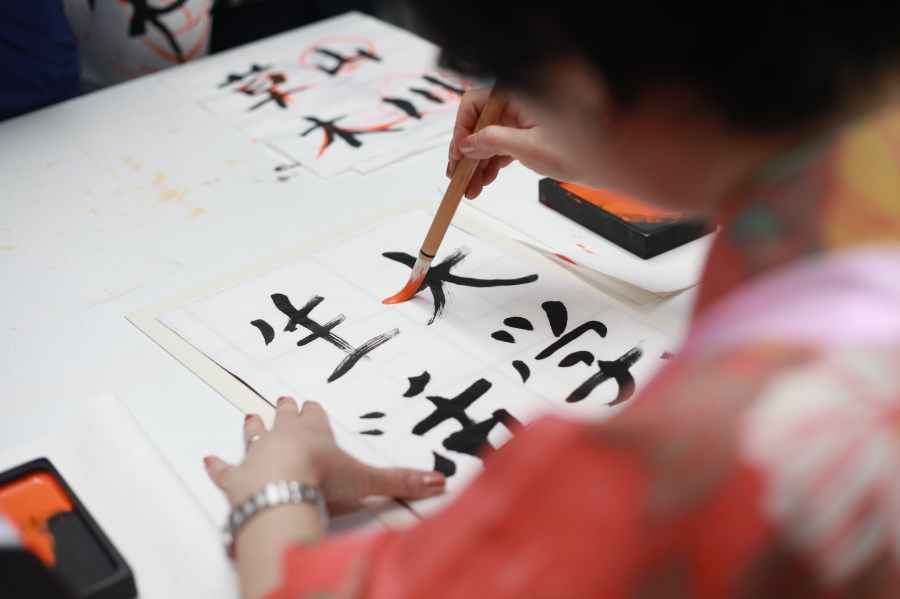It’s the end of the school year and I’ve been in the process of getting “all the things” that everyone needs: crayons, pencils, bottles of glue, notebooks, new school indoor shoes, etc.
And labels. So many labels. Sticker labels of all sizes. Laminated ones. Iron-on ones. Sew-on ones. Gym clothes labels. Swimsuit labels. All the labels.
This year though, I’m doing them a little differently, and that’s because of a conversation I had with my daughter last year.
In one of her classes, I was informed that it would look better if she wrote her name either in hiragana (the syllable text, which is more rounded and pretty) or if she had kanji for her name (Chinese characters). We normally use katakana, the text for foreign words (which tends to be more spiky).
It became apparent to me that this was important to my kids. In preschool, the teachers used hiragana for everyone’s names/name tags. All the kids were the same, whether foreign-born or not.
I had never thought about it before. For me, I always used the Roman letters or katakana, because I kept it the same as all our documentation. Kanji was fun, but for me, I didn’t really have a need or use for my own kanji which a teacher had chosen for me. Now, I could now see how it was not fun, but important to and for them. It was a way of being the same as the kids around them. It was a way of not being foreign and different.
It was a way to choose their identity.
An English-fluent friend of mine sat down with me to look at all the kanji options and combinations for their names. We talked through the best options for each of their syllables, trying to combine meanings, thinking of their personalities, and how it looked when all put together.
Honestly, I still have no idea how to make them “look good” together.
Finally, we chose what seemed to be the best combination, and I ordered and gifted them each a little stamp with their names on it to use for letters, etc.
Still though, I had already written all their tags for last year in katakana.
This year, my kids have requested that, where I have room, I use their kanji on their tags, books, notebooks, etc.
Between last school year and this, I began to notice the beginnings of “identity thoughtfulness” for my eldest. My middle child still thinks she is the same as everyone else, and having been born here, that she is Japanese, but also able to speak English.
I began to see small things, somedays embracing her American roots, some days pointedly rejecting those things that set our family apart. This doesn’t offend me, as her parent, but sometimes it takes me by surprise. Sometimes I don’t realize that things matter to her– like how I write her name, or what things I might offer to her friends as snacks. With other bilingual friends who she had previously spoken English to, I notice a pointed change in approaching them in Japanese instead.
So, while I’ve gotten more practice writing my kids’ names in their new characters, I also have learned to not take things at face value, not to assume what’s on the surface is all there is. I’m using my hard-acquired Japanese skill of “reading the air” to read what’s going on below the surface with my kids.
As they go, they can be American and write their names with the letters I’ve used here. They can be in limbo and use katakana, being somewhere in between and “both”. Or they can use their new kanji characters and embrace this Japanese component of their lives.
It’s all the same name. It sounds [roughly] the same. But for them, it’s a way to distinguish and identify.
And I’m ok with that.

Your attentiveness to your girls, and openness to their own expression, is such a gift! Other cross-cultural parents will surely be encouraged by your example. Thanks for putting in the effort for the kanji 🙂 You are doing such an amazing service to them by letting them distinguish for themselves.
LikeLike